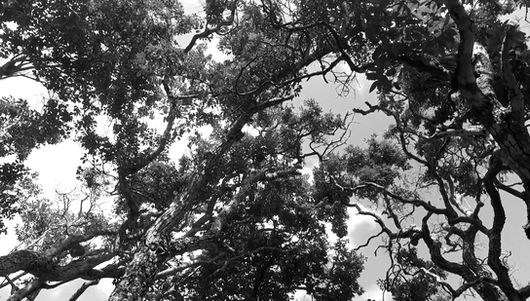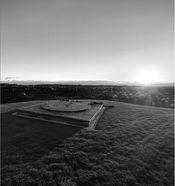top of page

Programs
Supporting Our Community
The Kaʻūpūlehu Foundation seeks to actively contribute to the management, protection, documentation, and interpretation of natural, cultural, and historic resources throughout the ahupuaʻa. We work hard to collaborate with community-based natural, cultural, and historic resource programs and activities, and support cultural, stewardship, and educational programs throughout the ahupuaʻa that will assist tenants of the ahupuaʻa and the broader community in interpreting and appreciating the unique natural, cultural, and historic resources of the ahupuaʻa. Overall we aim to provide a repository for historical, cultural, and natural resource information.
_edited.jpg)
_edited.jpg)
_edited.jpg)
_edited.jpg)
What's Happening in Kaʻūpūlehu
~ From Ma Uka to Ma Kai ~
_edited.jpg)
Hui Kahuwai
_edited.jpg)
PIKO
_edited.jpg)
Uluhaʻo o Hualālai
_edited.jpg)
Na Maka Onauna
_edited.jpg)
Hoʻola Ka Makanaʻā

Nā Kalai Waʻa

Huliauapaʻa
PIKO
A total of 19 ounces of paʻakai on 6 separate occasions, and each gathered sample indicates the presence of microplastics at the Kalaemanō shoreline. 51 water samples have been collected from Kalaemanō. All samples have indicated no presence of E. Coli and Coliform.
Hoʻola Ka Makanaʻā
Over 7,700 volunteers since 2016 to help in the efforts of planting 4,018 seedlings, management of 276 acres of forest, and efforts to bring 10 additional acres of forest habitat under intensive management.
Nā Kalai Waʻa
The goal of Nā Kālai Wa`a (NKW) is to preserve Hawaiian sailing canoe traditions. In 1993, Mauloa was the first wa`a constructed using traditional materials and techniques. Makali`i, a 54-foot double-hulled voyaging canoe, was finished and put into service in 1995. The community's educational and cultural experiences are facilitated by these wa`a, which firmly establish a feeling of kuleana in both our Earth and each other. Based on this basis, Nā Kālai Wa`a offers programs and events that encourage community involvement while preserving Makali`i's and her family's vessels' seaworthiness.
Huliauapaʻa
Develop & share out authentic resources that appropriately reflect the rich cultural history of this wahi pana. These efforts aim to help further connect the Kaʻūpūlehu ʻohana, the Kekaha-wai-ʻole community and others interested in learning about this wahi pana in order to best mālama and hoʻomana it.
bottom of page





























